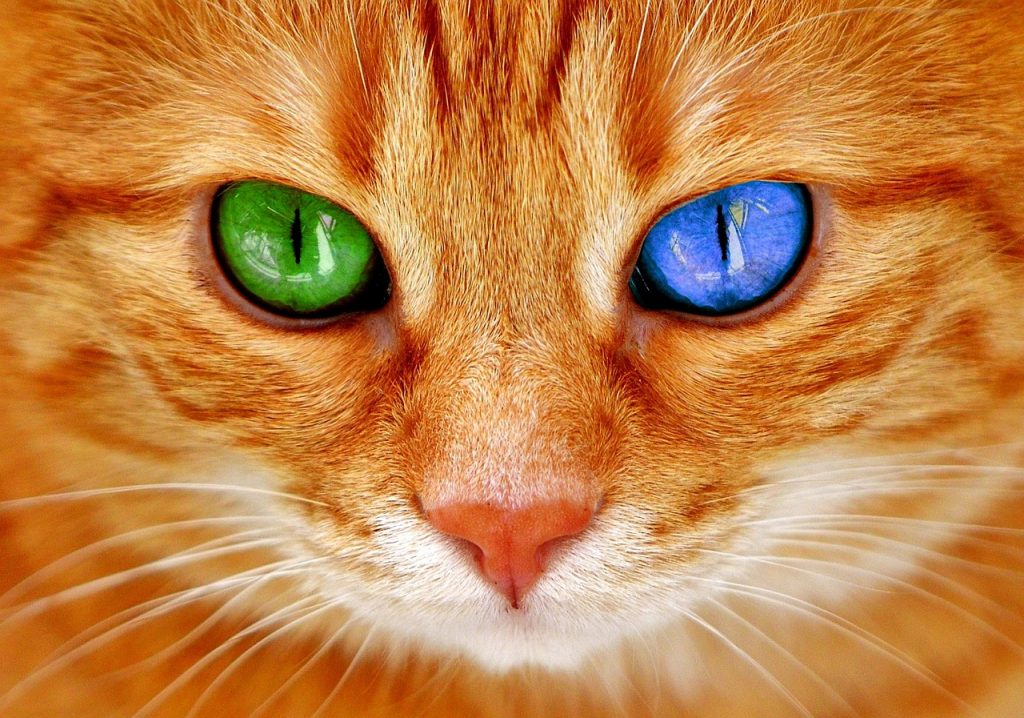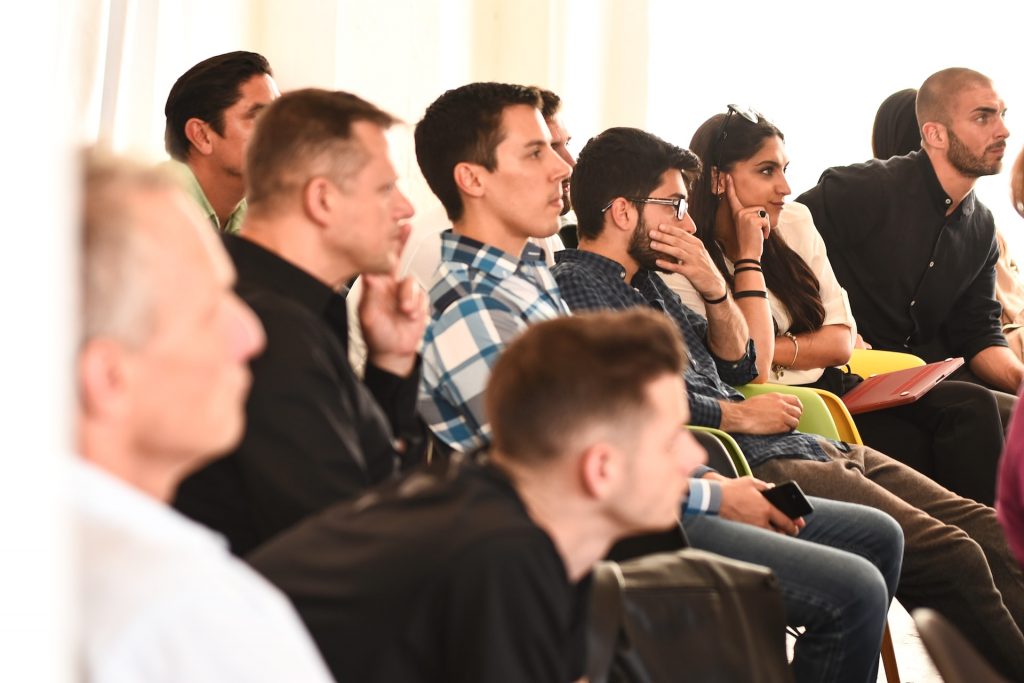
GUEST POST from Mike Shipulski
When you’re out of gas, you’re out of gas. And there are no two ways about it, the last year has emptied our tanks. And when your tank is empty, it’s empty. When there’s nothing left, there’s nothing left. But what if you’re asked for more?
What is the mechanism to communicate that the workload is too much? How do you tell your boss that you can’t produce as you did before the pandemic because, well, you’re emotionally exhausted? How do you tell company leadership that this is not the time to layer on more corporate initiatives and elevate the importance of accountability? And if you do deliver those messages, will there be ramifications to your career? No ramifications you say? Then why do most feel overwhelmed yet say nothing?
How might we conserve our emotional energy to focus on what’s important? And what if the company thinks business continuity is most important and you think your family’s continuity is most important? What’s a caring parent to do? How about a loving spouse? How about an exhausted employee who wants desperately to contribute to the cause? And what if you’re all three? And what about your mental health?
If you can help someone, help them. If you don’t have the energy for that, tell them you know they are suffering and sit with them. They don’t expect you to fix it, they just want you to sit with them.
If you’re part of a team, check in with your teammates. Again, no need to try and fix them, just listen to them. Really listen. Listen so you can repeat what you heard in your own words. There’s power in being heard.
If you’re in a position to tell company leadership that people are living on the edge, tell them. If you’re not in that position, find someone who might be and ask them to pass it along. Tell them it’s important. Tell them it’s dire.
And when you go home to your family, tell them you’re exhausted and tell them you love them. And you’re doing your best. And tell them you know they’re doing their best, too. And tell them you love them.
Image credit: Unsplash
![]() Sign up here to join 17,000+ leaders getting Human-Centered Change & Innovation Weekly delivered to their inbox every week.
Sign up here to join 17,000+ leaders getting Human-Centered Change & Innovation Weekly delivered to their inbox every week.








